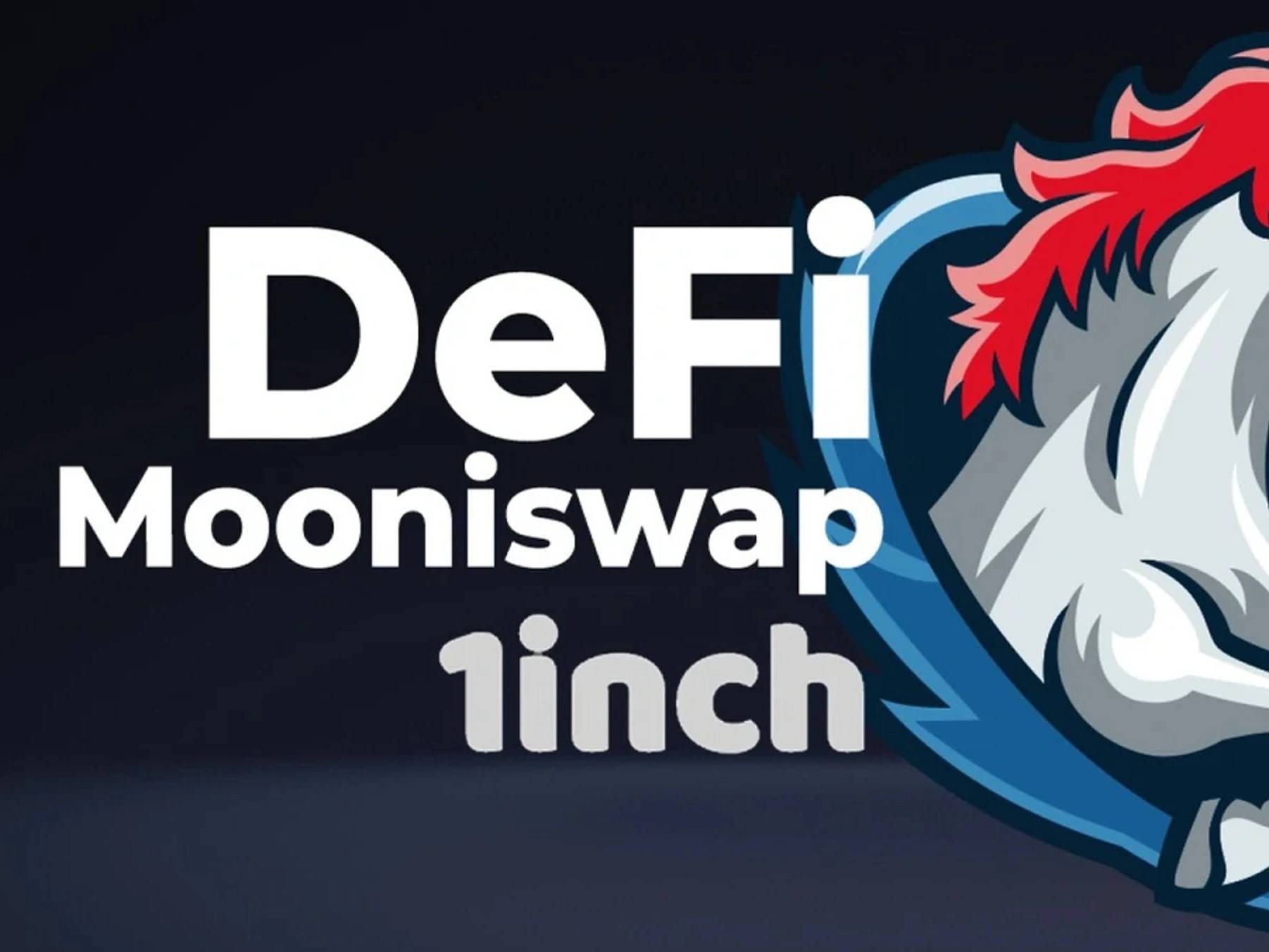Mooniswap
Mooniswap(2020년 8월 출시)은 이더리움 블록체인 상에 구축된 유동성 풀 및 탈중앙화 거래소(DEX)입니다. 이 플랫폼은 Uniswap과 유사한 자동화된 시장 조성(AMM) 모델을 사용합니다. 가상 잔액을 사용하는 차세대 자동화된 시장 조성자로 설명됩니다. 인기 DEX 애그리게이터인 1inch.exchange 개발자들이 만들었습니다. [1][2]
배경
1inch.exchange 팀은 Uniswap, Bancor Network 등 기존 자동화된 시장 조성자(AMM)에서 유동성 제공자(LP)가 거래의 슬리피지 부분을 얻지 못하는 문제를 발견했습니다. AMM에서 누군가 스왑을 실행할 때마다 환율은 고정 스왑 수수료와 가격 슬리피지의 두 부분으로 구성됩니다. 사용자 스왑 규모가 커질수록 환율이 악화됩니다. [3]
첫 번째 부분(즉, 스왑 수수료)은 유동성 제공자가 얻습니다. 그러나 두 번째 부분(즉, 슬리피지)은 블록에서 트랜잭션 순서를 이용하기 위해 높은 가스 가격을 설정하여 수익의 상당 부분을 채굴자와 공유하는 차익거래자들이 전적으로 얻습니다. 대부분의 유동성 풀은 가능한 LP 수익의 100%를 놓치고, 일부는 300%-500%의 잠재적 수익을 놓칩니다. [4]
팀은 'AMM 차익거래 문제'를 파고들어 몇 주 만에 Mooniswap 형태로 효율적인 솔루션을 찾았습니다.
개요
Mooniswap 인터페이스
Mooniswap은 DEX 애그리게이터 프로토콜인 1inch.exchange 제작자에 의해 개발되었습니다. 슬리피지를 최소화하고 사용자를 위한 이더리움 및 ERC20 토큰의 최상의 가격을 찾기 위해 여러 탈중앙화 및 중앙화 플랫폼을 연결합니다. 2019년 5월 Anton Bukov(CTO)와 Sergej Kunz(CEO)가 설립했으며 독일 바덴뷔르템베르크주 슈투트가르트에 본사를 두고 있습니다.
앞서 언급했듯이, Mooniswap은 1inch.exchange가 만들고 출시한 AMM(자동화된 시장 조성자) 탈중앙화 거래소입니다. Uniswap과 유사하며 사용자가 이더리움과 모든 ERC20 토큰을 즉시 스왑/교환하는 데 도움이 됩니다. 또한 유동성 제공자(LP)가 Mooniswap 유동성 풀에 유동성을 제공하여 이자를 얻을 수 있도록 합니다. 유동성 제공자(LP)의 잠재적 이익 손실을 방지하기 위해 일시적으로 잘못된 가격의 풀로 인해 차익거래자의 이익을 줄이고 유동성 제공자의 수익을 높이는 '가상 잔액 기술'을 도입했습니다.
Mooniswap LP의 슬리피지 수익
Uniswap과 Mooniswap LP의 슬리피지 수익 비교
Mooniswap은 이더리움 설립자 Vitalik Buterin(비탈릭 부테린)이 시장 조성자에 관한 논의에서 다른 맥락에서 언급한 가상 수량의 아이디어를 사용하여 설계되었습니다. 새로운 AMM 모델은 서로 다른 스왑 방향에 대한 가상 잔액을 유지함으로써 대부분의 슬리피지 수익을 유동성 풀에 유지할 수 있습니다. DEX에서 토큰 스왑이 발생하면 시장 조성자는 불변 알고리즘을 자동으로 적용하지 않고 향후 거래에 대한 새로운 가격을 표시합니다. AMM은 약 5분 동안 차익거래자를 위한 환율을 천천히 개선합니다. 결과적으로 그들은 슬리피지의 일부만 수집할 수 있으며, 나머지는 풀에 남아 유동성 제공자와 공유되어 수익이 증가합니다.
Mooniswap v1.0은 2020년 8월 11일에 출시되었으며, 업그레이드되고 리브랜딩된 버전(즉, V2)은 2020년 12월에 출시되었습니다. 1inch Liquidity Protocol 버전 2의 중요한 측면은 '가격 영향 수수료'입니다. 이는 가격 슬리피지와 함께 증가하여 유동성 제공자와 1INCH 토큰 스테이커가 변동성에 대해 훨씬 더 많은 수익을 얻을 수 있도록 하는 수수료입니다.
네이티브 ETH 지원
유동성 제공자의 수익을 높이는 것 외에도 Mooniswap은 네이티브 ETH 지원을 추가하여 스왑을 더 간단하게 만들었습니다. 네이티브 ETH 자산과 ERC20 토큰 표준 위에 추상화 계층을 도입하여 네이티브 ETH를 직접 사용할 수 있도록 했습니다. 이 추상화는 Wrapped ETH(WETH) 토큰의 래핑 및 언래핑을 피하므로 스왑을 단순화할 뿐만 아니라 풀의 가스 사용량도 크게 줄입니다.
가격 오라클
가격 오라클 데이터는 양방향으로 모든 거래 입력 및 출력의 누적 합계로 저장되며 모든 트랜잭션 후에 업데이트됩니다. 오라클 사용자는 다른 기간을 선택하여 필요한 수준의 가격 최신성과 조작 방지 기능을 구성할 수 있습니다. Mooniswap은 악의적인 행위자로부터 오라클 조작(따라서 가격)에 대처하기 위해 온체인 가중 평균 가격(VWAP) 오라클을 출시했습니다. Mooniswap 팀은 Mooniswap의 가상 잔액 활용으로 인해 VWAP 오라클을 조작하기 어려울 것이라고 생각합니다.
